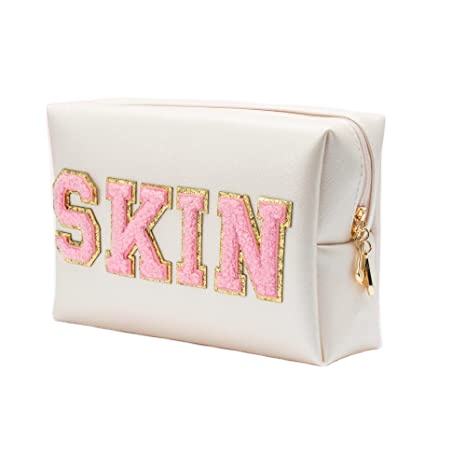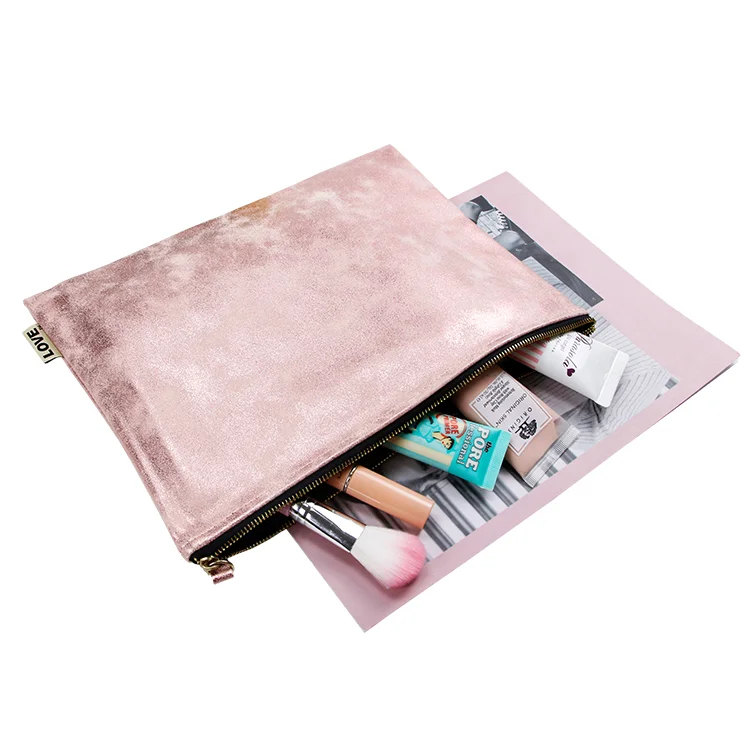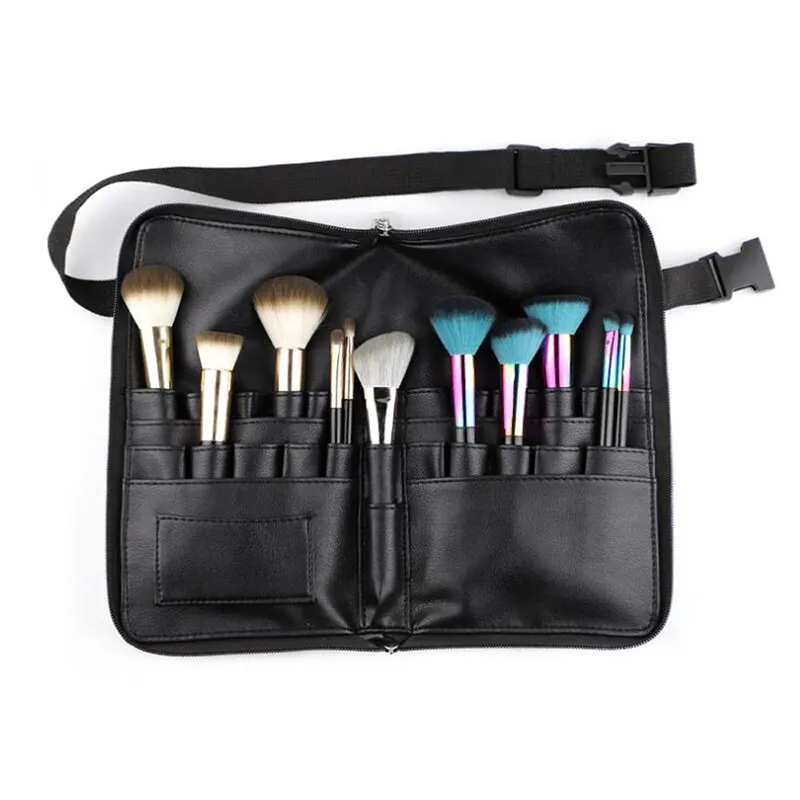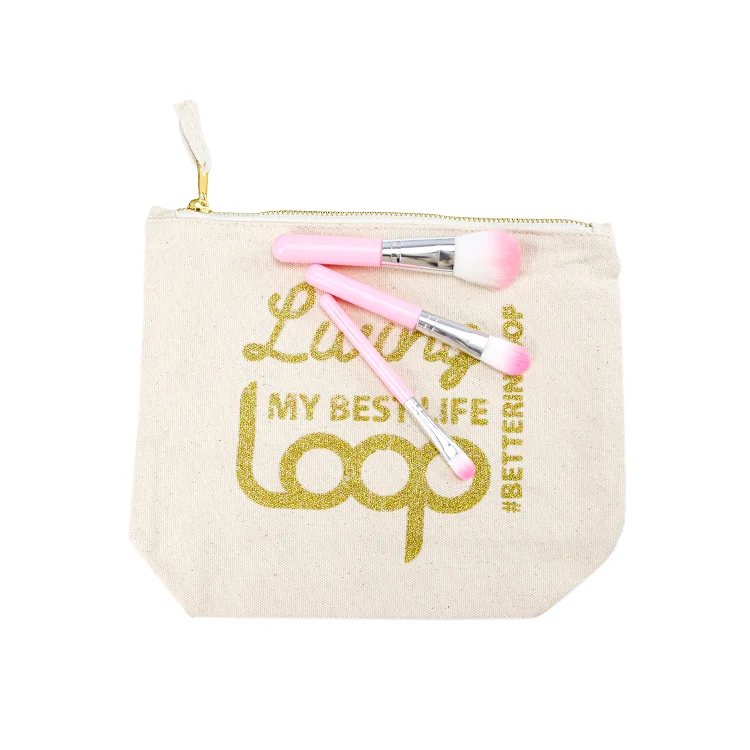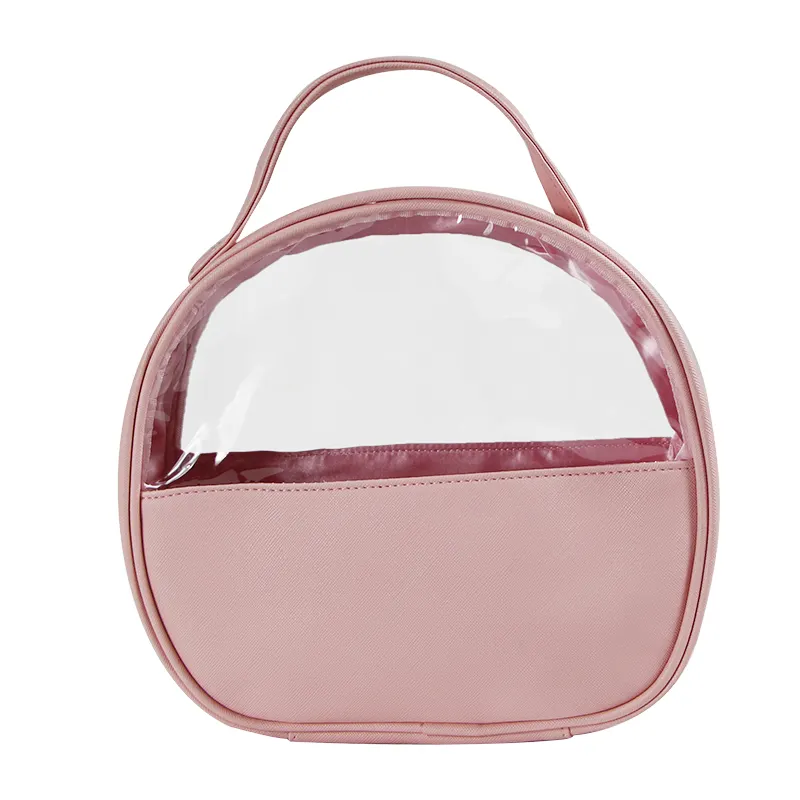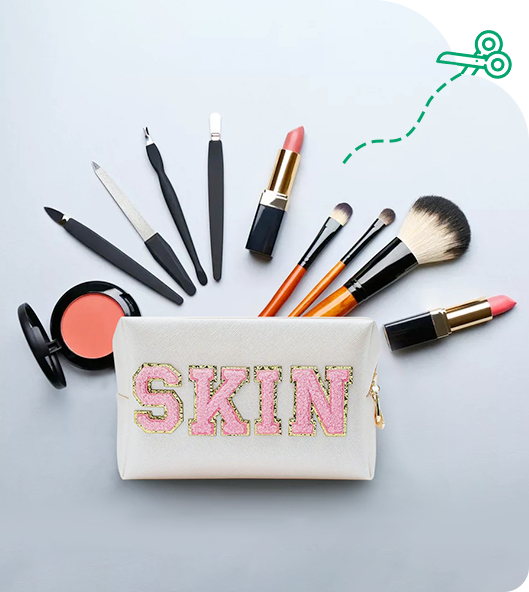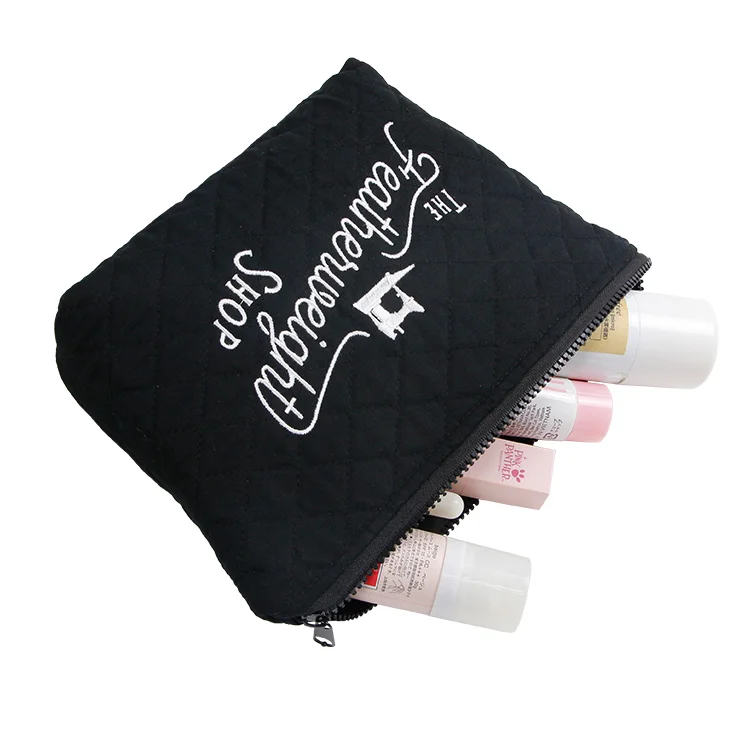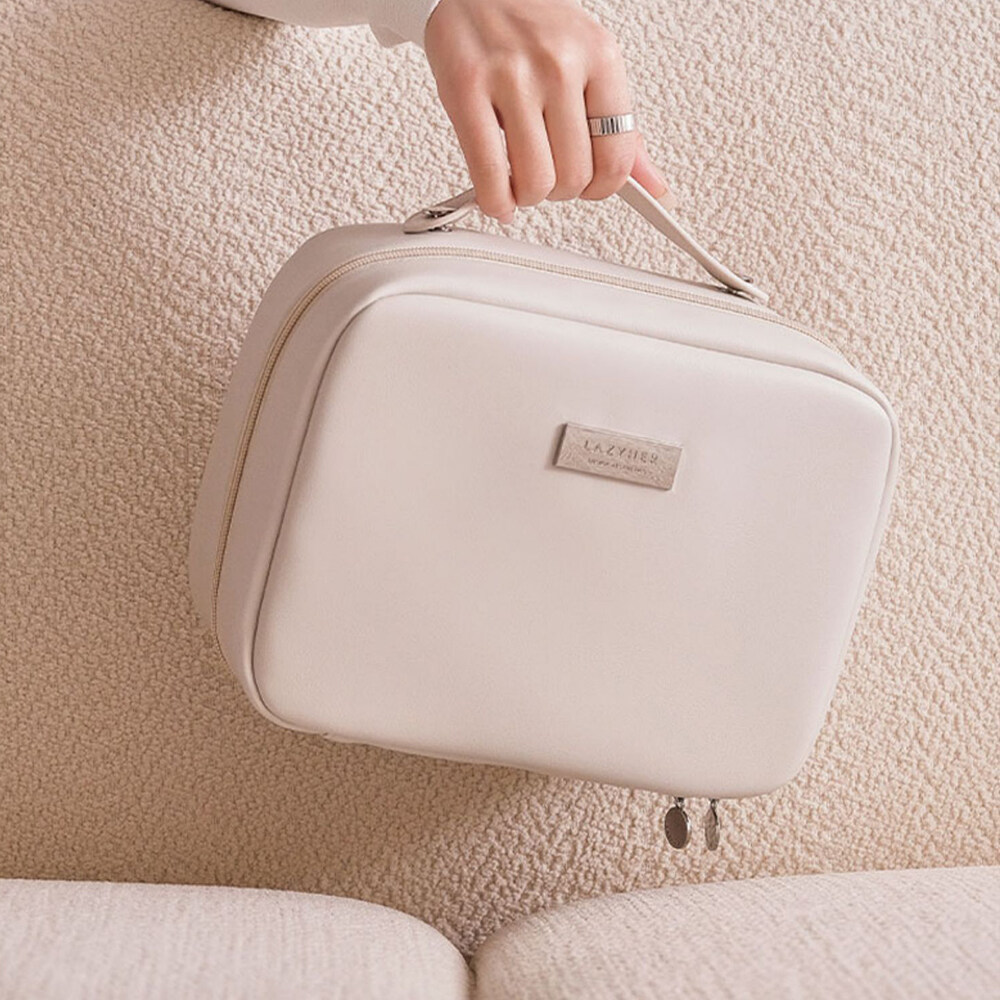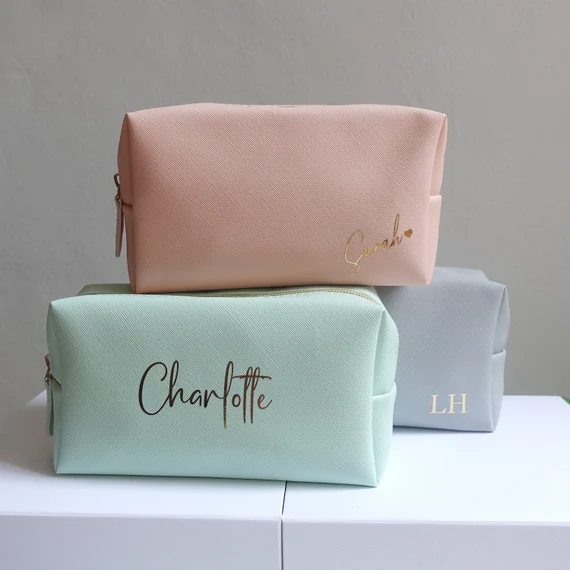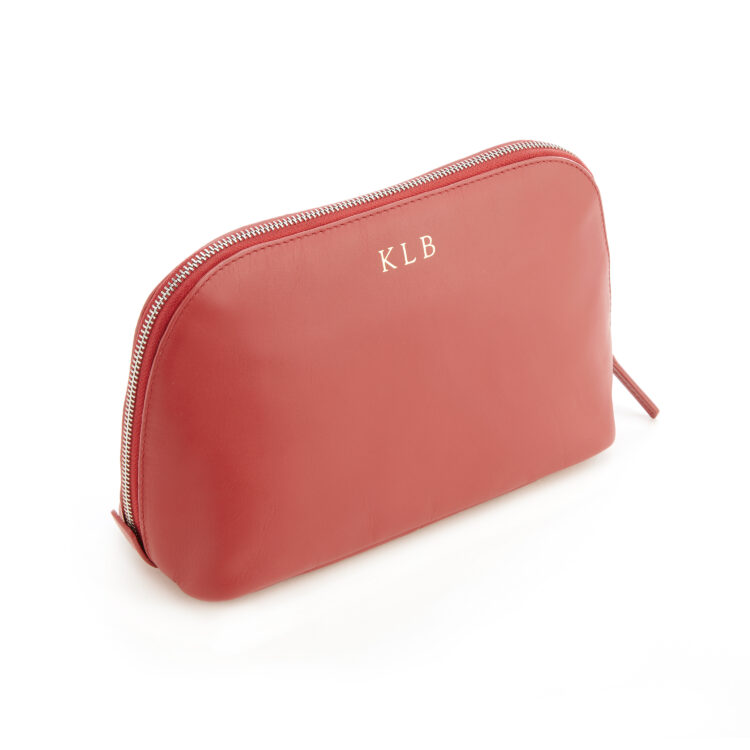The evolution and innovation of cosmetic bag manufacturing
Introduction
In today’s rapidly expanding beauty market, the cosmetic bag has transcended its utilitarian origins to become a key driver of brand loyalty and customer delight. As global cosmetics revenue surpassed $500 billion in 2024, consumers are more discerning than ever, seeking products that not only perform but also deliver a holistic experience. A meticulously designed makeup bag serves as the first tactile interaction with a brand, offering aesthetic pleasure, functional organization, and emotional resonance. From luxury fashion houses investing in bespoke travel cases to indie brands crowdfunding limited-edition pouches, Cosmetic Bag Manufacturers are diversifying offerings, experimenting with novel materials and engaging consumers through immersive packaging journeys.
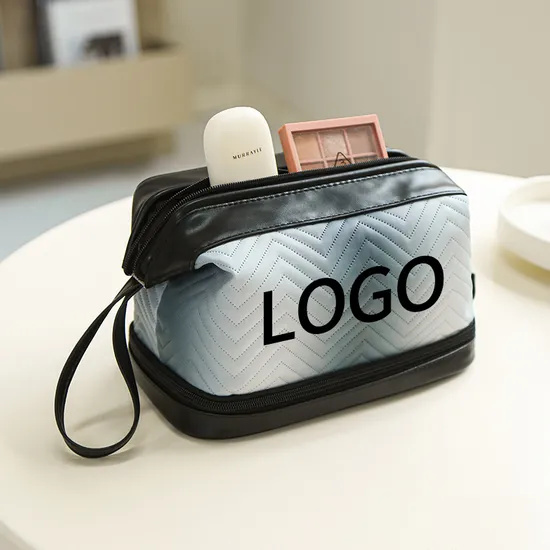
Why the Cosmetic Bag Is a Cornerstone of Brand Experience
Beyond practical storage, cosmetic bags function as a physical embodiment of brand storytelling. A study by Packaging Insights revealed that 78% of beauty shoppers believe packaging influences perceived product quality, highlighting the tangible impact of thoughtful design. When a consumer unwraps a velvet-lined makeup bag stamped with gold foil, they experience a moment of luxury that can foster emotional attachment. Clever use of colour psychology—such as serene pastels for wellness lines or bold primaries for edgy cosmetics—reinforces brand identity. Furthermore, strategic placement of product compartments reduces spill risks and simplifies on-the-go touch-ups, demonstrating consideration for real-world use cases. Such features not only safeguard formulas but turn everyday routines into curated rituals, amplifying word-of-mouth endorsements on social media platforms like Instagram and TikTok.
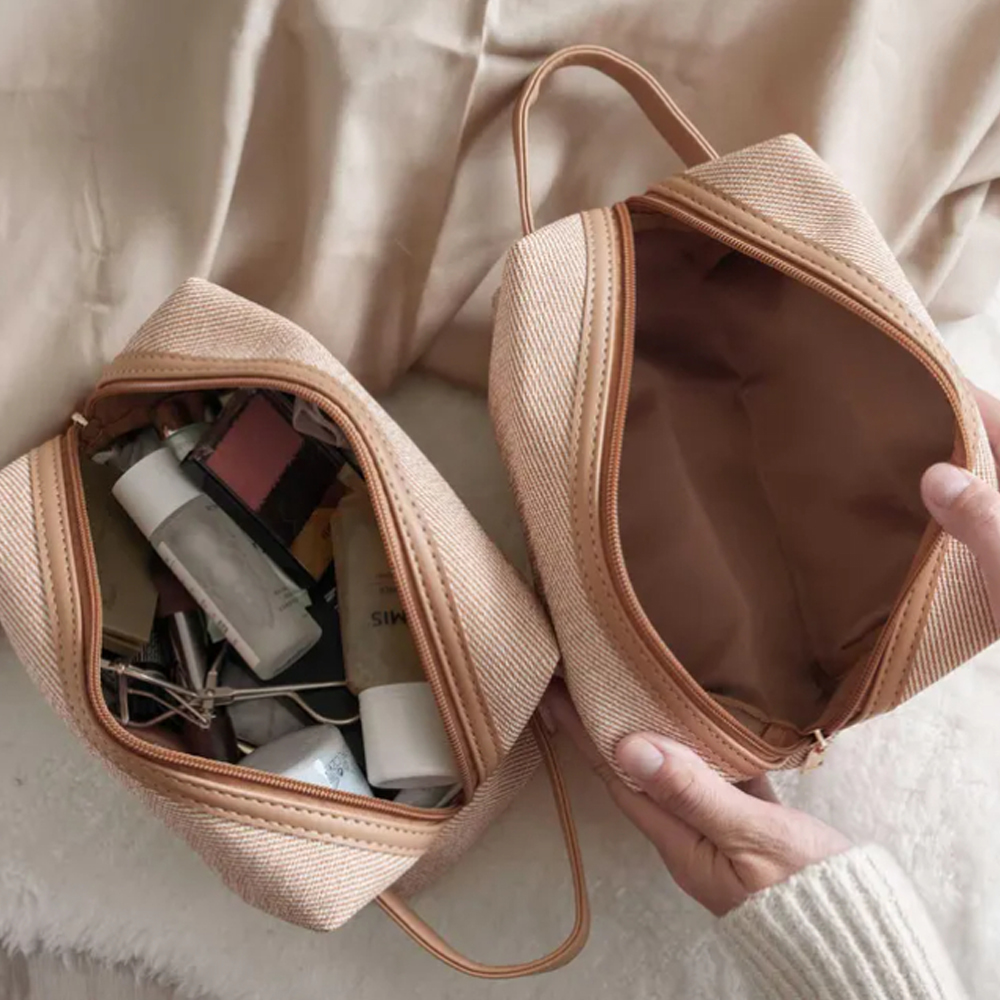
The Evolution of Materials and Manufacturing Techniques
Traditionally, industrial-scale Cosmetic Bag Manufacturers relied on PVC and PET plastics for their durability and ease of moulding. However, environmental concerns propelled a shift toward greener alternatives. Polylactic acid, sourced from corn starch, now powers compostable pouches that break down within 6–12 months under industrial conditions. Polybutylene adipate terephthalate blends offer similar mechanical properties to conventional plastics while reducing carbon footprints by up to 30%. Hybrid laminates—where recycled kraft paper is laminated with a thin bio-based polymer layer—achieve water resistance and recyclability, satisfying both regulatory and consumer demands. On the luxury spectrum, recycled faux leather (PU) and metalized PET films deliver high-end finishes; brands like Estée Lauder and La Mer have launched limited-run makeup cases showcasing these textures, underscoring the marriage of sustainability and premium appeal.
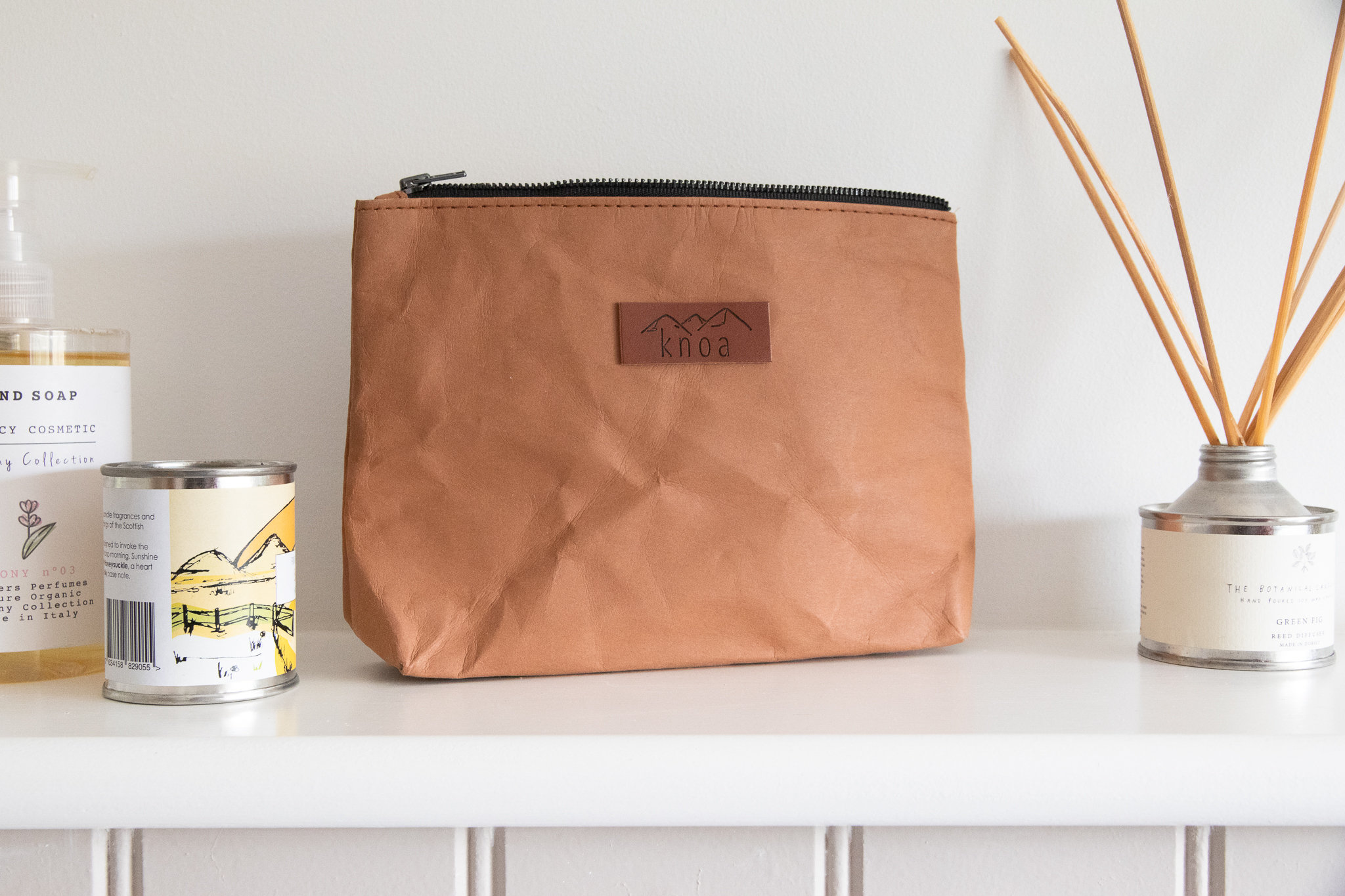
Interactive and Smart Packaging Features
As digital integration permeates every sector, Cosmetic Bag Manufacturers are embedding technology to bridge physical and virtual experiences. QR codes printed with UV-resistant ink can lead users to exclusive tutorials, influencer collaborations, or AR try-on filters—driving engagement metrics by up to 45%. RFID chips, long utilized in luxury handbag authentication, are now miniaturized for makeup bags, thwarting counterfeiters and providing provenance tracking. Some pioneering brands are exploring NFC to unlock loyalty rewards when a bag is tapped with a smartphone. By merging packaging with data analytics, these smart features enable brands to understand usage patterns—such as refill frequency or most-accessed compartments—informing future product iterations and personalized marketing campaigns.

Modular Systems for Personalized Organization
Personalization trends have led to modular makeup bag architectures that cater to individual routines. Users can assemble stackable trays for brushes, magnetic palettes for eyeshadows, and refillable lipstick cartridges, all housed within a single pouch. Brands like Glossier have introduced customizable insert kits, allowing customers to swap components seasonally or by mood. This approach prolongs the lifecycle of the cosmetic bag, reducing single-use disposables and aligning with circular economy principles. Additionally, modularity supports brand collaborations: a skincare specialist might co-create a hydration kit insert, whereas a celebrity makeup artist could release a curated brush holder attachment. Such partnerships not only generate buzz but also extend the reach of both brands and manufacturers.

Nanotechnology and Durability Enhancements
Nanocoatings are at the forefront of next-generation cosmetic bag resilience. Silver nanoparticle-infused linings provide antimicrobial protection, inhibiting 99.9% of bacterial growth—ideal for products used in varied climates. Hydrophobic nanoscale treatments render exterior fabrics water-repellent, ensuring spill resistance without adding bulk. Experimental carbon nanotube meshes are being studied for impact absorption, promising ultra-lightweight yet indestructible travel cases. While still in the pilot stages, these innovations signal a future where packaging can actively preserve both product integrity and the health of users, particularly in regions with high humidity or frequent travel.
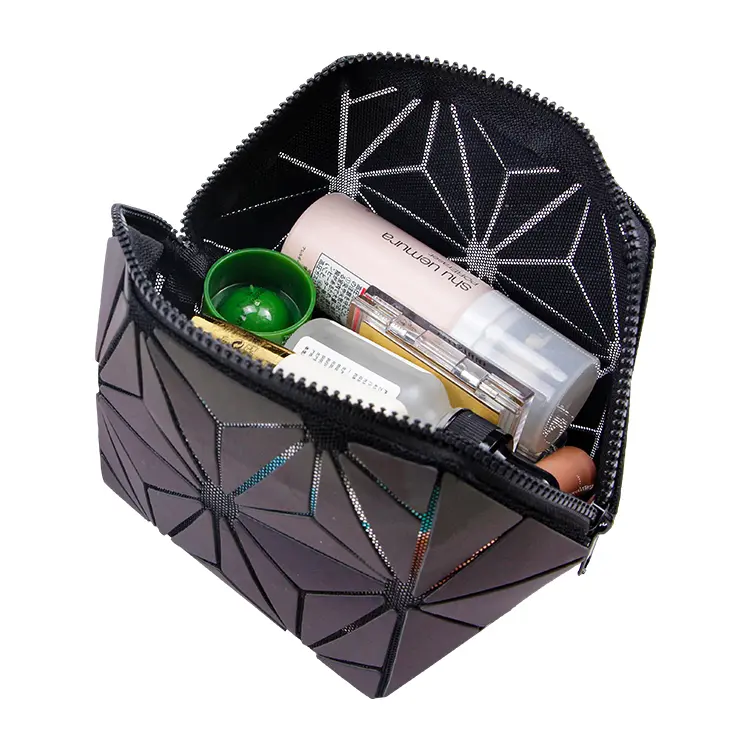
Sustainability Challenges and Collaborative Solutions
The path to eco-friendly packaging is strewn with obstacles: higher material costs can inflate retail prices by 10–20%, potentially deterring price-sensitive consumers. Recycling indicators and standardized disposal instructions remain inconsistent, leading to less than 15% of cosmetic packaging being recycled globally. To address these gaps, leading Cosmetic Bag Manufacturers are forging alliances with certification agencies like Green Seal and Forest Stewardship Council, while investing in take-back programs that incentivize customers to return old bags in exchange for loyalty points. Cross-sector coalitions, such as the Sustainable Packaging Coalition, facilitate knowledge-sharing and drive the adoption of circular design frameworks, ensuring that makeup bags of tomorrow are both beautiful and regenerative.
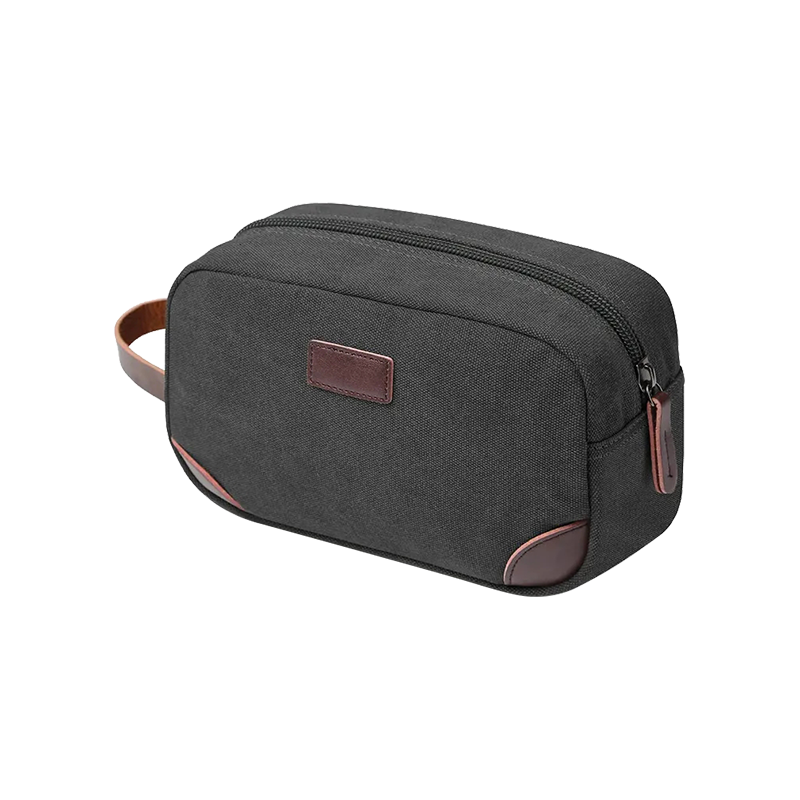
Conclusion
As the beauty industry evolves, the cosmetic bag stands at the intersection of design, technology, and sustainability—serving as both a protective vessel and a storytelling canvas. By integrating plant-based polymers, smart connectivity, modular architectures, and nanotech durability, Cosmetic Bag Manufacturers are redefining packaging norms and elevating consumer experiences. Yet true progress hinges on collective action: transparent supply chains, consumer education, and scalable recycling infrastructures. Brands that embrace these principles will not only safeguard their products but also foster a deeper connection with modern consumers, who demand authenticity, functionality, and environmental stewardship in every aspect of their beauty journey. The future of makeup bag manufacturing is not just about holding cosmetics—it’s about holding values.
Products Recommend
-
-
Rose gold PU zipper pouch cosmetic bag
Learn More -
PU leather custom makeup brush organizer
Learn More -
Customizable Canvas Zipper Cosmetic Bag
Learn More -
Pu leather lined polyester cosmetic toiletry bag
Learn More
News Recommend
-
What Material is Best for Makeup Bags? A Guide to Choosing the Right Cosmetic Bag Material
Dec.17.2024 Learn More -
Travel Cosmetic Bags: The Ultimate Guide to Organizing Your Beauty Essentials on the Go
Dec.17.2024 Learn More


